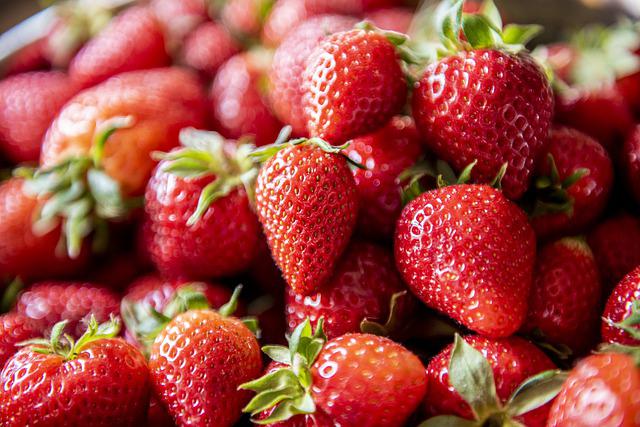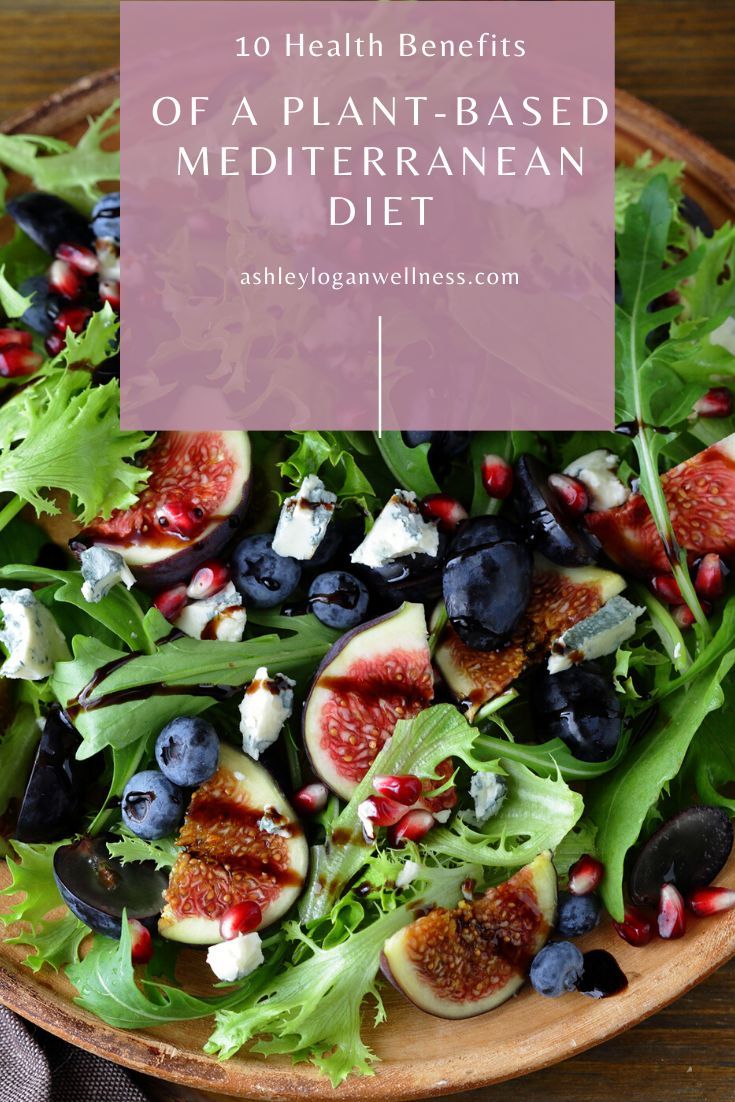
Low sodium recipes are a great way of keeping your heart healthy and preventing strokes. Salt can be good for your health, but it can also cause serious problems. Exercising too much sodium can lead you to heart disease, high blood sugar, and kidney disease.
Low sodium recipes make it easy to eat healthy and still retain the flavor of your favorite meals. These recipes are great for meal prep and breakfast. There are many low-sodium recipes that can be used for quick meals or healthy breakfasts.
You can make a variety of low-sodium pasta dishes to make a hearty meal. White sauce pasta can be made with low sodium sauce and cooked pasta. This pasta recipe can be served with whatever vegetables you prefer.

A black bean soup is also possible. This soup is easy to make and filled with beans and other healthy vegetables. You can also serve this soup with a side of salad and low sodium crackers. Even better, you can make your own chow-meat noodles. It takes only a few ingredients, such as dehydrated veggies.
This recipe is quick and easy, making it perfect for busy weeknight meals. The black bean and squash tacos provide plenty of fiber and protein. You can top them with salsa or hot sauce. These can also be served with whole wheat pasta. To add flavor, you could also add chopped cilantro.
Vegan Sweet Potato Black Bean Burgers are another great low-sodium option. These burgers are gluten-free and easy to make. They are seasoned with curry powder and spiced with sweet potato and black beans. These make a delicious vegetarian meal and can be made in just minutes. These are also great for quick lunches in lettuce wraps.
The Almond Butter & Banana Quesadilla recipe is delicious and simple to prepare. It is also a great vegan snack. Banana slices can be added to the mixture for potassium. Or, you can make overnight oatmeal and flavor it with milk, cranberries or aromatic spices. For an easy homemade treat, you could also make nutrient-packed joy balls.

Another great and easy recipe is blackened cod. You can serve it with a cabbage salad and lime juice. Gluten-free can also be achieved by using no salt Ritz crackers. It's easy to follow and you can make it in no time. You can make this recipe on the weekend to serve as a weeknight meal.
Stuffed portobello mushrooms are a great vegetarian meal. This dish is inspired by a popular restaurant in Tel Aviv called HaBasta. These stuffed mushrooms can be topped with crusty bread, or crusty phyllo. You can also add green chard, spinach and spices to enhance their flavor.
These are only a few of the many low sodium recipes you can make. You can find more recipes in your favorite cookbooks at the Recipes section. You can also check out low sodium menu plans at the Mayo Clinic Press. These plans include recipes for a variety of foods and include the sodium and calories per serving.
FAQ
How to measure body weight?
A Body Fat Analyzer will give you the most accurate measurement of body fat. These devices can be used to measure body fat percentages in people who are trying to lose weight.
These are five tips to help you lead a healthy lifestyle.
Here are five ways to lead a healthy lifestyle.
Living a healthy lifestyle involves eating right and exercising regularly. Healthy eating means avoiding sugary and processed foods. Exercise helps burn calories and strengthens muscles. Get enough sleep to improve your memory and concentration. Stress management reduces anxiety, depression and other symptoms. And finally, having fun keeps us young and vibrant.
Do I need to count calories?
It is possible to wonder "what the best diet is for me?" or "is counting calories necessary?" It depends on several factors such as your current health, personal goals, preferences, and overall lifestyle.
Which one is right for you?
My current health, my personal goals and lifestyle will determine the best diet for me. There are many good and bad diets. Some are better for certain people than others. So what should I do? What should I do?
These are the questions this article will answer. It begins with an overview of the different diets today. After that, you will learn about the pros and disadvantages of each type. Finally, we'll look into how to choose the best one for you.
To begin, let's take a quick look at the different types of diets.
Diet Types
There are three main types of diets: low fat, high protein, and ketogenic. Let's look at each one briefly.
Low Fat Diets
A low fat diet is a diet that restricts the amount of fats consumed. This is accomplished by decreasing the intake of saturated fats like butter, cream cheese, and other dairy products. You can replace them with unsaturated oils (olive oil and avocados) People who are looking to lose weight quickly and easily will benefit from a low-fat diet. This kind of diet could cause constipation or heartburn and other digestive problems. If a person doesn’t receive enough vitamins from their foods, this can lead to vitamin deficiency.
High Protein Diets
High protein diets discourage carbohydrates and encourage the use of proteins. These diets are more protein-rich than others. These diets are designed to build muscle mass and help you burn more calories. However, they might not provide enough nutrition for those who need to eat frequently. They are not suitable for all people because they can be restrictive.
Ketogenic Diets
The ketogenic diet is also known by the keto diet. They are high on fat but low in carbs and proteins. Athletes and bodybuilders use them because they allow them more time and harder training without getting tired. But, they require strict adherence to avoid negative side effects like nausea, headaches, and fatigue.
How can I live my best everyday life?
Find out what makes YOU happy. This is the first step in living a life that you love. Once you are clear about what makes you happy and satisfied, you can move on to the next step. You can also inquire about the lives of others.
You can also read books by Wayne Dyer, such as "How to Live Your Best Life". He talks about finding happiness in all areas of your life and finding fulfillment.
What is the working principle of an antibiotic?
Antibiotics can be used to kill bacteria. The treatment of bacterial infections is done with antibiotics. There are many types of antibiotics. Some can be taken orally while others can be injected. Others are topically applied.
Many people who have been exposed can be prescribed antibiotics. If someone has chicken pox, they might need to take an oral antibiotic in order to prevent shingles. An injection of penicillin may be necessary to prevent pneumonia if someone has strep.
If antibiotics are to be administered to children, they must be prescribed by a doctor. Side effects of antibiotics can be more dangerous for children than for adults.
Diarrhea is one of the most common side effects of antibiotics. Other possible side effects include stomach cramps, nausea, vomiting, allergic reactions, headaches, dizziness, and rashes. Most of these symptoms disappear after the treatment is completed.
What is the difference in fat and sugar?
Fat is an important energy source, which comes from food. Sugar is a sweet substance that can be found naturally in fruits or vegetables. Both fats and sugars provide the same number of calories. Fats have twice the calories of sugars, however.
Fats can be stored in the body, which can lead to obesity. They can cause cholesterol buildup which can lead to strokes and heart attacks.
Sugars are quickly absorbed by the body and provide instant energy. This causes blood glucose levels to rise. High blood glucose levels are dangerous as it can increase the likelihood of developing type 2 diabetes.
What is the best food for me?
Your lifestyle and individual needs will determine the best diet for your body. You also need to consider how much energy you expend during exercise, whether you prefer low-calorie foods, and if you enjoy eating fruits and vegetables.
If you are trying to lose weight, then you may want to try intermittent fasting. Intermittent fasting is a way to eat only certain meals during the day instead of three large meals. This method may work better than traditional diets which include daily calorie counts.
Some studies suggest that intermittent fasting may improve insulin sensitivity and reduce inflammation, which can lead to improved blood sugar levels and reduced risk of diabetes. Research suggests that intermittent fasting can promote fat loss and improve overall body composition.
Statistics
- Extra virgin olive oil may benefit heart health, as people who consume it have a lower risk for dying from heart attacks and strokes according to some evidence (57Trusted Source (healthline.com)
- According to the Physical Activity Guidelines for Americans, we should strive for at least 150 minutes of moderate intensity activity each week (54Trusted Source Smoking, harmful use of drugs, and alcohol abuse can all seriously negatively affect your health. (healthline.com)
- nutrients.[17]X Research sourceWhole grains to try include: 100% whole wheat pasta and bread, brown rice, whole grain oats, farro, millet, quinoa, and barley. (wikihow.com)
- This article received 11 testimonials and 86% of readers who voted found it helpful, earning it our reader-approved status. (wikihow.com)
External Links
How To
What does the term "vitamins" mean?
Vitamins are organic compounds naturally found in food. Vitamins aid us in absorbing nutrients from the food we eat. Vitamins cannot be produced by the body. They must be obtained from food.
There are two types vitamins: water soluble or fat soluble. Water soluble vitamins dissolve easily in water. You can find vitamin C,B1 or thiamine, B2 or riboflavin and B3 or niacin. B6 is pyridoxine. Folic acid, biotin and pantothenic are some examples. The liver and fatty tissue are the main storage places for fat-soluble vitamins. Vitamin D, E, K and A are some examples.
Vitamins can be classified according to biological activity. There are eight main groups of vitamins.
-
A - Essential for healthy growth and health maintenance.
-
C - vital for nerve function and energy generation
-
D - Vital for healthy bones and teeth
-
E - Required for good vision, reproduction.
-
K - required for healthy muscles and nerves.
-
P – Vital for building strong bones.
-
Q - aids digestion and absorption of iron.
-
R – Required for making red blood vessels.
The recommended daily intake (RDA), of vitamins varies with age, gender and physical conditions. The U.S. Food and Drug Administration has established the RDA values.
For example, the RDA for vitamin A is 400 micrograms per dayfor adults 19 years or older. Pregnant women require 600 micrograms daily to support fetal development. Children ages 1-8 require 900 micrograms per day. Children under 1 year old require 700 micrograms daily, while infants over one year old need 500 micrograms every day. This decreases between 9 and 12 months.
Children aged 1-18 years need 800 micrograms daily, while children overweight require 1000 micrograms per days. Children who are severely obese or underweight will need 1200 micrograms each day.
Children 4-8 years old with anemia will need 2200 mg of vitamin D daily.
Adults over 50 years of age need 2000 micrograms per day for general health. Mothers who are pregnant, nursing, or have a high nutrient need will require 3000 micrograms a day.
Adults over 70 need 1500 micrograms daily, since they lose around 10% of their muscle mass every decade.
Women who have been pregnant or are lactating require more than the RDA. Pregnant women require 4000 micrograms daily during pregnancy, and 2500 micrograms every day after birth. Breastfeeding mothers need to consume 5000 micrograms each day when breastmilk has been produced.